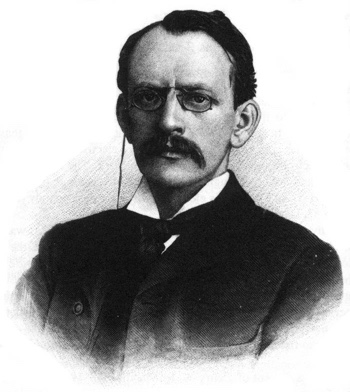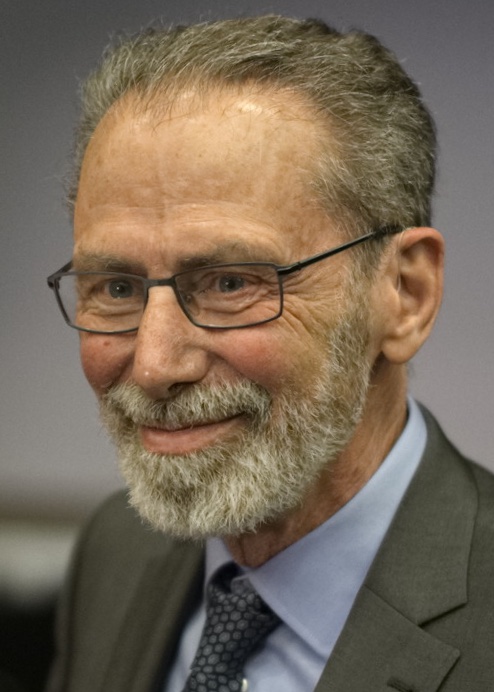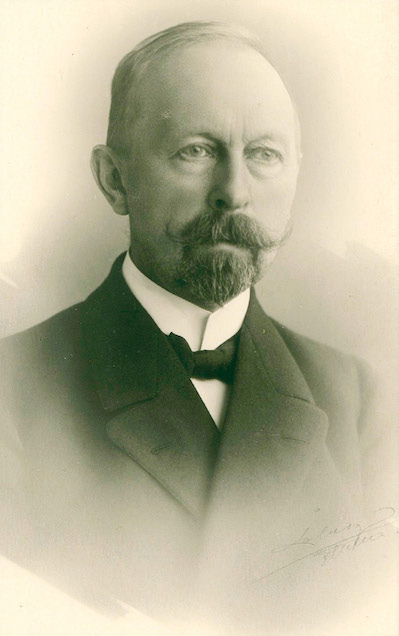Om Forum for
matematiske perler (og kuriositeter)
2001/2002 ·
2002/2003 ·
2003/2004 ·
2004/2005 ·
2005/2006 ·
2006/2007 ·
2007/2008 ·
2008/2009 ·
2009/2010 ·
2010/2011 ·
2011/2012 ·
2012/2013 ·
2013/2014 ·
2014/2015 ·
2015/2016 ·
2016/2017 ·
2017/2018 ·
2018/2019 ·
2019/2020 ·
2020/2021 ·
2021/2022 ·
2022→.
— neste foredrag blir annonsert her i tidens fylde —
We will give a survey and update on where present-day mathematics stands vis-à-vis a possible proof of the Riemann Hypothesis.
(Note: Professor Ivić will use the large blackboard for his talk, so please be seated where you can see the blackboard).

Discovering, understanding, describing and exploiting the properties of the electron as a fundamental particle and as a many body system have represented a continuous series of scientific challenges and triumphs during 120 years of physics and technology development. This quest took us into the world of quantum physics, to understanding the energy structure of matter, to the development of electronic communication and computers, to the discovery of superconductivity, and into a new future in spintronics, a field still in its infancy. And high temperature superconductivity still poses a major enigma, 30-plus years after its discovery.
While it is certainly impossible to go deeply into any of these aspects in a single review lecture, we hope to have fun reminding ourselves of the history and contemplating discoveries which have transformed human exsistence in our civilization.
¹ Department of Phyiscs, NTNU

This talk is a continuation of the Onsager lecture [see below].
The first half of my talk will be accessible to a general mathematical audience.
The goal of this second lecture is (a) to prove the main theorem announced in the Onsager lecture and (b) to bridge the gap between (1) this theorem and (2) a problem raised by Jean-Pierre Kahane on mean-periodic functions. Mean-periodic functions will be carefully defined in this talk. The theory of mean-periodic functions was elaborated by Jean Delsarte, Bernard Malgrange and Laurent Schwartz. The unexpected connection between (1) and (2), which was never observed before, yields a new proof of the main theorem in the Onsager lecture, and is raising new mathematical problems.
Please note that this talk is a (slightly) more technical continuation of the Onsager lecture, which is delivered the previous day – on Wednesday 14 February at 13:15–14:30 in S2. Below are the title and abstract of the Onsager lecture:
Sampling belongs to the toolbox of the digital revolution. Sampling a signal $f$ on a grid $S=\{\ldots, s_{-1}, s_0, s_1,\ldots\}$ yields a sequence $X=(f(s_j))_{j \in {\mathbb Z}}$ of real numbers. The continuous world of signals or images is mapped into the discrete world of sequences. Is it possible to recover $f$ from $X$? Shannon's theorem answers this issue when $f$ is a band limited signal and $S$ is a regular grid ($s_j=jh$ where $h>0$ is the step size). For a long time an irregular grid ($S\neq h\mathbb{Z}$) was viewed as a wrong choice, while sampling on a regular grid was considered as a good fortune. To our greatest surprise the opposite is true. Sampling on a simple quasi-crystal improves on Shannon's theorem. A necessary condition for stable sampling was discovered by H.J. Landau, and our results show that Landau's theorem is sharp. This line of research is an illustration of the new paradigm of compressed sensing of sparse signals, as developed by Emmanuel Candès.
The proof of the main theorem announced in the Onsager lecture will be given in the second lecture. This proof is surprisingly connected to some previous work by J-P. Kahane on mean-periodic functions.
Yves Meyer, the 2017 Abel Laureate, will visit NTNU February 13–15 this year, as the 2018 Lars Onsager Lecturer. We prepare for his visit by taking a look at his career and some of his mathematical achievements, with emphasis on his role in the wavelet revolution of the 1980s.
It started as a curiosity: In the 1970s, Roger Penrose published a method to build a non-periodic tiling with 5-fold rotational symmetry, for the simple reason that it was pretty. In 1982, however, Dan Shechtman discovered an alloy which by many aspects behaved like a crystal, but whose diffraction pattern had a “forbidden” 5-fold rotational symmetry. As it turned out, Penrose tilings and its generalizations provided excellent models for these new “quasicrystals”.
In this perleseminar, I give an introduction to tilings and quasicrystals: How they were discovered, how they are built, and how the study of mathematical quasicrystals intersects many areas of mathematics, as diverse as geometry, dynamics, operator algebras, number theory and even computability theory.

We discuss a novel approach to calculus and analysis that builds upon an old idea of René Descartes. We begin with simple algebra to solve the tangent problem for all algebraic curves without using any limits. By adding an elementary estimate we are naturally led to the idea of continuity and, more generally, of limits. In particular, one recognizes that the algebraic derivative can also be captured by a non-algebraic approximation process, that is, one is naturally guided to the standard approach based on limits. This opens the door to handling transcendental functions such as $E_2(x) = 2^x$, where the need for new analysis concepts becomes clearly visible. Furthermore, this approach leads to an alternative, non-traditional formulation of the general concept of di§erentiability that was introduced by Constantin Carathéodory over 60 years ago, and whose advantages should be recognized more widely. We hope that this approach will stimulate discussions about alternatives to the standard introduction to calculus.

Axel Thue was a highly original and fiercely independent mathematician. Born in Tønsberg in 1863, his exceptional mathematical talent was first spotted by Elling Holst (who was a student of Sophus Lie) when Thue had him as his teacher at the gymnasium. For Thue it was as hard to read other people's work as it was easy for him to think things out for himself. As a consequence he proved many theorems that had already been discovered earlier by others.
Thue is mostly known for the theorem he proved about Diophantine equations and his results on rational approximations of algebraic numbers. Less known is that Thue was a precursor of both Alan Turing and the linguist Noam Chomsky, something we will briefly comment on.
However,in this talk we will focus mainly on Thue's construction of an infinite sequence of 0's and 1's which has some highly intriguing properties. He published this in an obscure Norwegian journal in 1906, but it became first known to the mathematical community in 1921 when Marston Morse came across the same sequence in connection with coding geodesics on a surface of constant negative curvature. Subsequently it was learned that a French mathematician, Eugene Prouhet, had already in 1851 used this sequence – or more precisely, a finite segment of this sequence – to prove some interesting results in number theory. We will describe how the Prouhet–Thue–Morse(PTM) sequence is related to the following diverse phenomena: